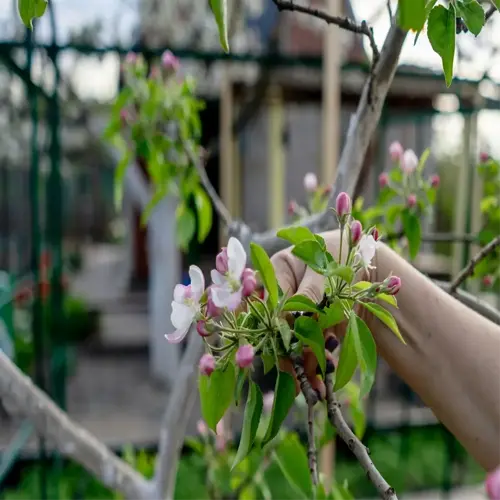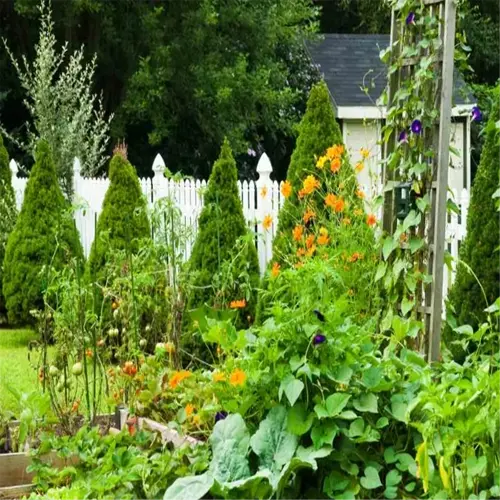Can these containers cause overwatering?

Written by
Kiana Okafor
Reviewed by
Prof. Charles Hartman, Ph.D.Self-watering containers take advantage of basic principles of physics, enabling us to avoid the problem of overwatering. There is a separation of soil from the water reservoirs, which allows the roots to draw moisture only when needed. The design of these pots simulates natural systems of groundwater and prevents the soggy soil to which we are accustomed with regular pots.
Capillary Control
- Wicks transport water only when soil moisture drops below 40%
- Air gaps between reservoir and soil prevent saturation
- Adjustable wick lengths regulate absorption rates
Overflow Safeguards
- Vents release excess water during heavy rains
- Float valves block refills at maximum capacity
- Sloped bases direct overflow away from roots
Maintenance is quite important. It is important to regularly clean the overflow vents every month using pipe cleaners to remove any debris that could block those vents. Replace the organic wicks every 6 months. Remember that mineral deposits, especially with hard water, can reduce the efficiency of the wicks. I have managed to salvage many waterlogged plants by transitioning from an organic wick to a synthetic wick in clay-heavy soils.
The composition of the soil is more important than the size of the container. A client's fern was struggling until we replaced the denser potting mix with perlite enriched soil. The increased aeration from the 30% perlite allowed the wicking system to function efficiently. You also want to avoid soil designated as moisture control since this interferes with pot watering systems.
To troubleshoot the problem of waterlogging, one of the first places to look is the reservoir. You should check the water levels every week, and if they fall at a rate that is greater than 1 inch (2.5 cm) per day, the wick may likely be too large. When you are in a humid climate you might think of reducing the reservoir capacity by 25% during the monsoon season.
Future designs may incorporate AI moisture sensors. These could allow adjustment of wick activity depending on weather conditions and plant growth periods on their own. Initial prototypes saw a 90% reduction in user interaction while ensuring optimal moisture was calculated.
Read the full article: Ultimate Guide to Self Watering Containers

